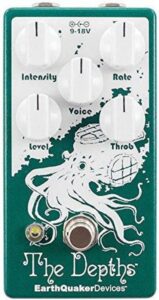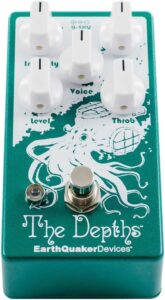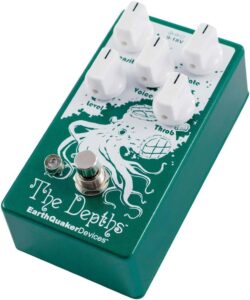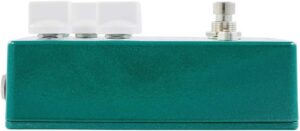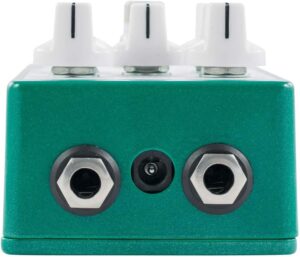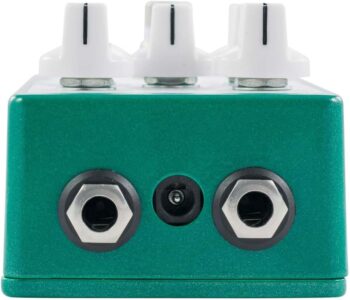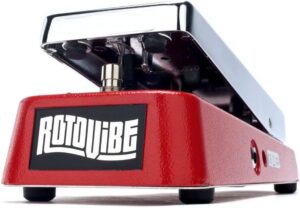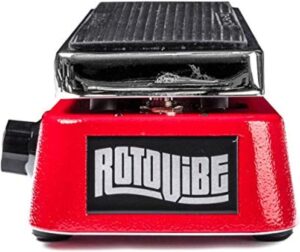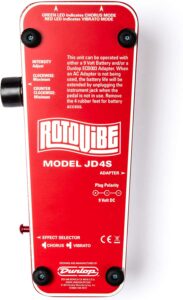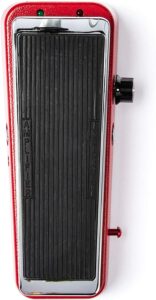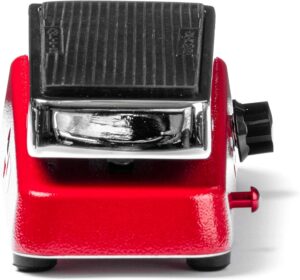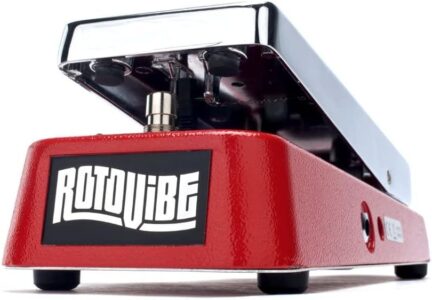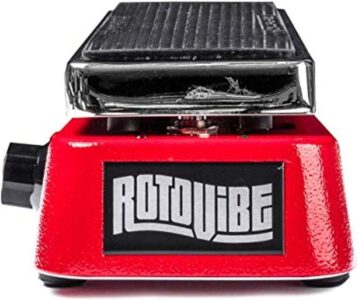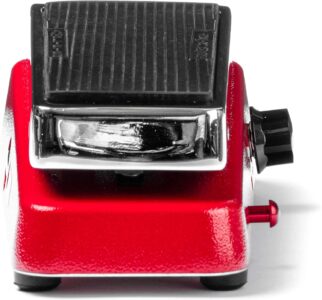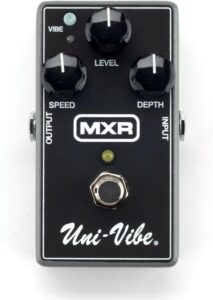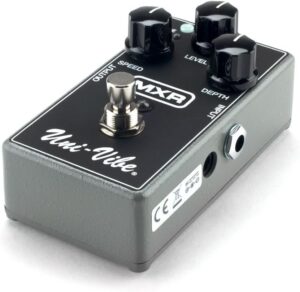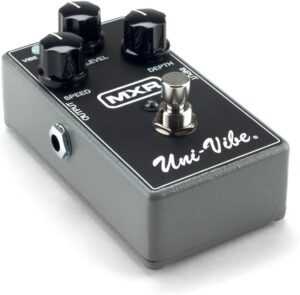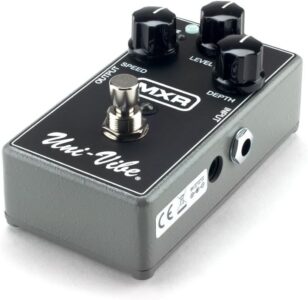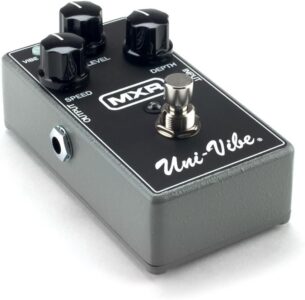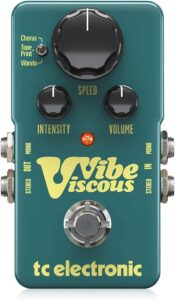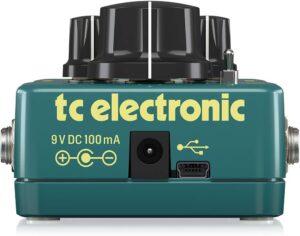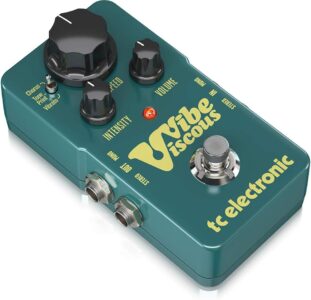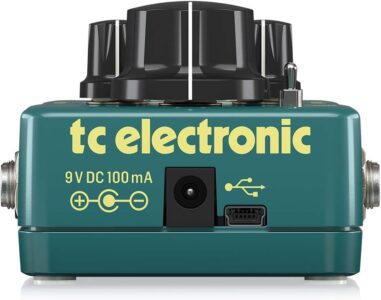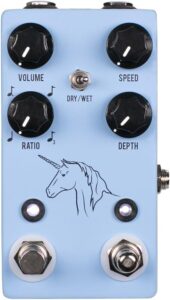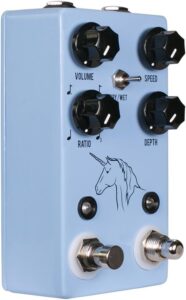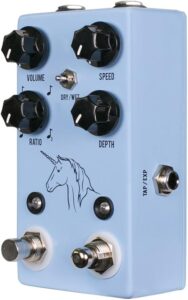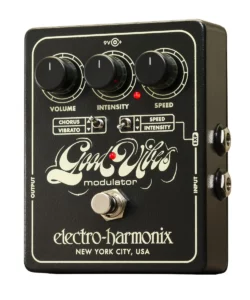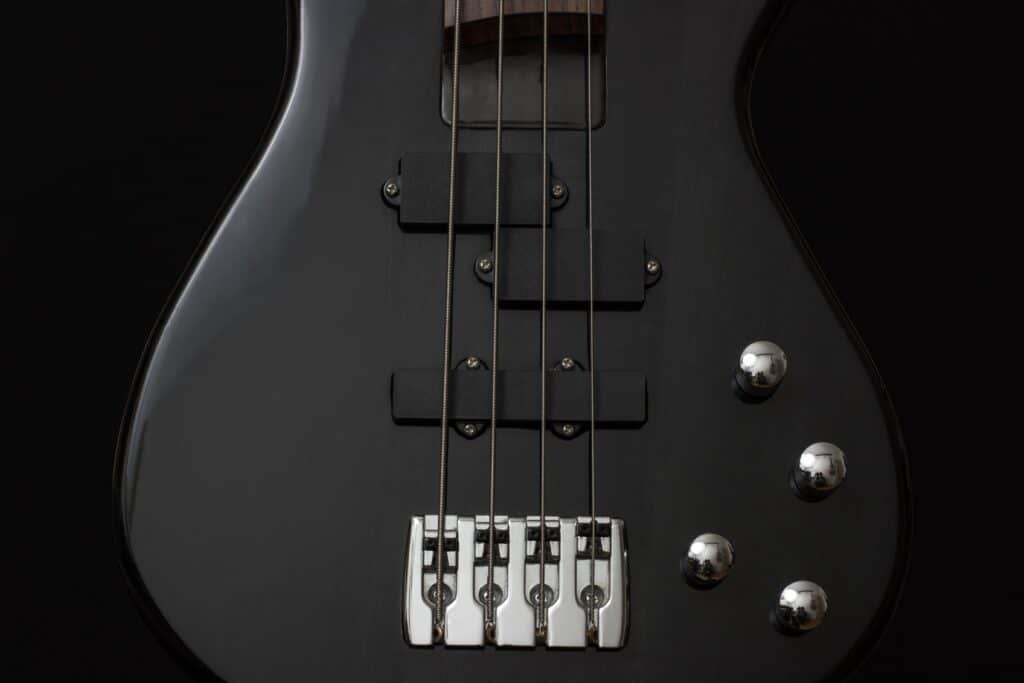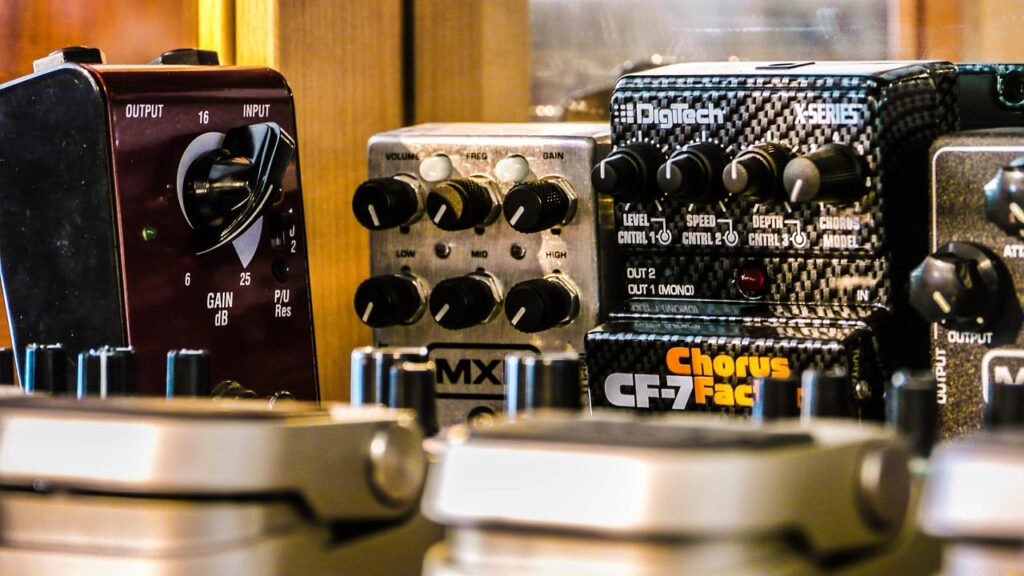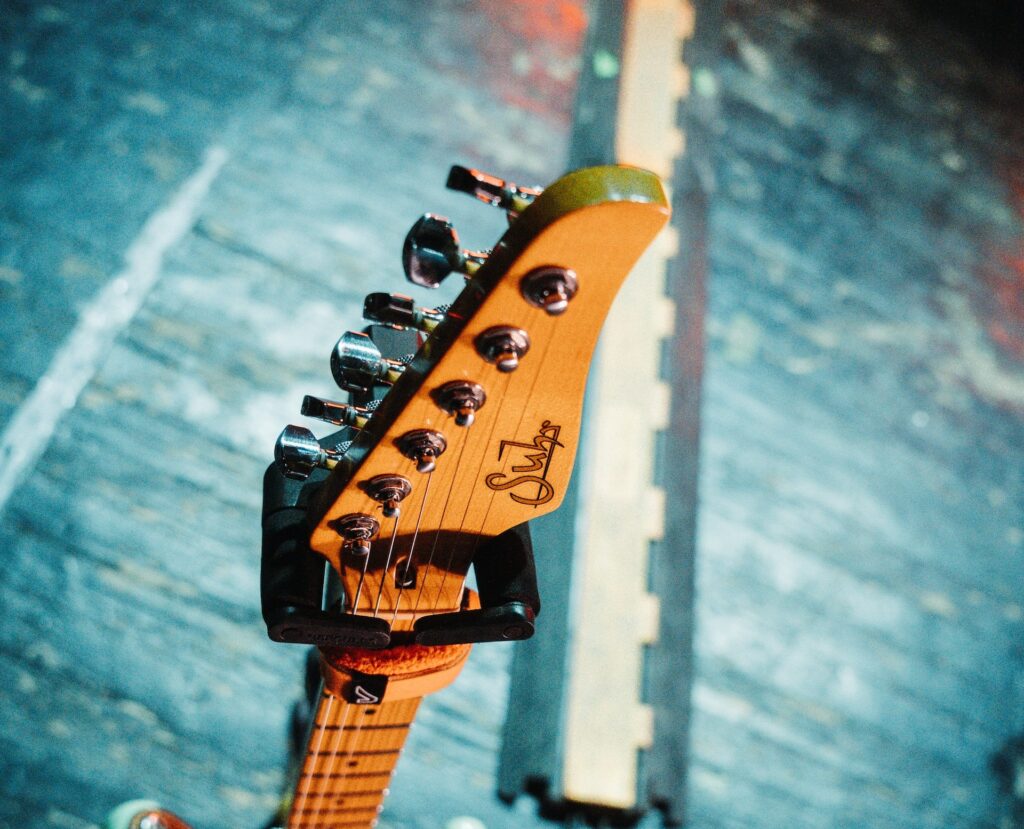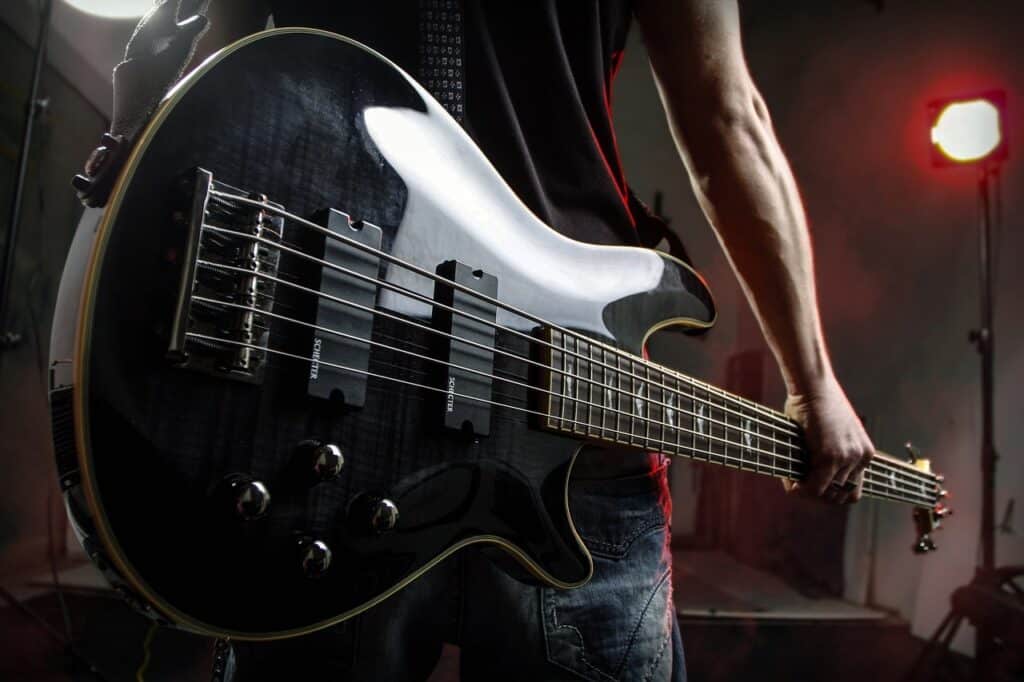A Deep Dive into the Univibe Effect
The first step in your quest for the best Univibe pedal is to truly grasp what the Univibe effect is and why it’s sought after by musicians worldwide. The Univibe was initially designed in the 1960s to emulate the doppler effect produced by a rotating Leslie speaker. The end product, however, was a unique sound that blended elements of vibrato and phase shifting, resulting in a lush, pulsating, and utterly distinctive effect.
The Univibe effect has graced countless recordings over the years, from Pink Floyd’s “Breathe” to Robin Trower’s “Bridge of Sighs“. The swirling, hypnotic sound takes listeners on a sonic journey and makes the guitar sound like it’s gently undulating on a liquid surface. To better understand the Univibe effect, consider the Dunlop JD-4S Rotovibe, our Editor’s Choice. It offers a stunning rendition of the classic Univibe effect, with controls that allow you to seamlessly switch between chorus and vibrato modes, just like the original units.
Analog vs. Digital Univibe Pedals: A Critical Choice
You’ll encounter analog and digital models when browsing through Univibe pedals. This distinction can profoundly impact the sound and functionality of the pedal, so it’s crucial to understand the differences.
Analog Univibe pedals, such as the JHS Unicorn V2, replicate the Univibe effect using physical, electronic components. Many guitarists and audiophiles believe this approach delivers a warmer, more organic sound closer to the original Univibe units of the 60s. However, analog Univibe pedals are often more expensive and usually lack the advanced features found on digital models.
Digital Univibe pedals, like the TC Electronic Viscous Vibe, use digital signal processing (DSP) to emulate the Univibe effect. Although some might argue that digital models don’t quite capture the warmth and depth of their analog counterparts, they typically offer greater versatility. For instance, digital Univibe pedals often allow presets, allowing you to save and recall specific settings. Some even offer connectivity options like USB ports for firmware updates and custom tone downloads.
Decoding Univibe Controls and Features
A Univibe pedal’s controls and features can significantly influence its tonal capabilities and ease of use. Let’s look at some of the most common controls you’ll encounter:
- Speed: This control adjusts the rate at which the Univibe effect oscillates. You’ll get a gentle, undulating effect at slower settings, while faster settings result in a rapid, pulsating sound.
- Intensity (or Depth): This knob alters the strength of the Univibe effect. Lower settings produce a more subtle, nuanced effect, while higher settings produce a more pronounced, intense modulation.
- Level (or Volume): This control determines the pedal’s overall output, allowing you to balance the volume of your dry signal with the Univibe effect.
Some Univibe pedals, like the EarthQuaker Devices The Depths, provide additional controls for voice and throb, giving you even more tonal shaping possibilities.
Beyond these basic controls, some Univibe pedals offer advanced features that can greatly enhance their functionality. For instance, the JHS Unicorn V2 includes a tap tempo footswitch, which lets you sync the Univibe effect with your music’s tempo with a simple foot tap. This feature can be invaluable in a live setting, allowing you to adjust your effect’s rate on the fly without bending down to tweak a knob.
Considering Size and Durability
Another critical factor to consider is the physical size of the Univibe pedal. If your pedalboard space is limited, a compact Univibe pedal like the MXR M68 Uni-Vibe Chorus/Vibrato could be a more practical choice. It offers the signature Univibe tones in a space-saving design, ensuring you can fit it onto your board without sacrificing other essential pedals.
Durability is another crucial factor, especially if you plan to use your Univibe pedal for gigging. The rigors of transport and regular stage use can take a toll on any pedal, so selecting a model with a robust, rugged build is important. The Electro-Harmonix Good Vibes, for instance, is known for its durable construction, capable of withstanding the demands of even the most rigorous touring schedules.
Balancing Quality and Budget
Finally, you’ll need to consider your budget. The cost of Univibe pedals can vary widely, with more expensive models typically offering better sound quality, more features, and superior build quality. However, there are plenty of budget-friendly options that still deliver impressive performance. The MXR M68 Uni-Vibe Chorus/Vibrato, for instance, is a highly affordable pedal that still manages to provide the essential Univibe tones.
Keep in mind that while price can often be an indicator of quality, it’s not always the case. Sometimes, you might be paying for a brand name or features you might not necessarily need. Therefore, consider your needs, and choose a pedal that offers the best balance of price and the most important features.
In conclusion, finding the best Univibe pedal involves understanding the Univibe effect, considering the pros and cons of analog and digital models, understanding the controls and features that will serve you best, considering the physical dimensions and durability of the pedal, and of course, considering your budget. By considering all these factors, you can find a Univibe pedal that perfectly suits your playing style and musical needs.







